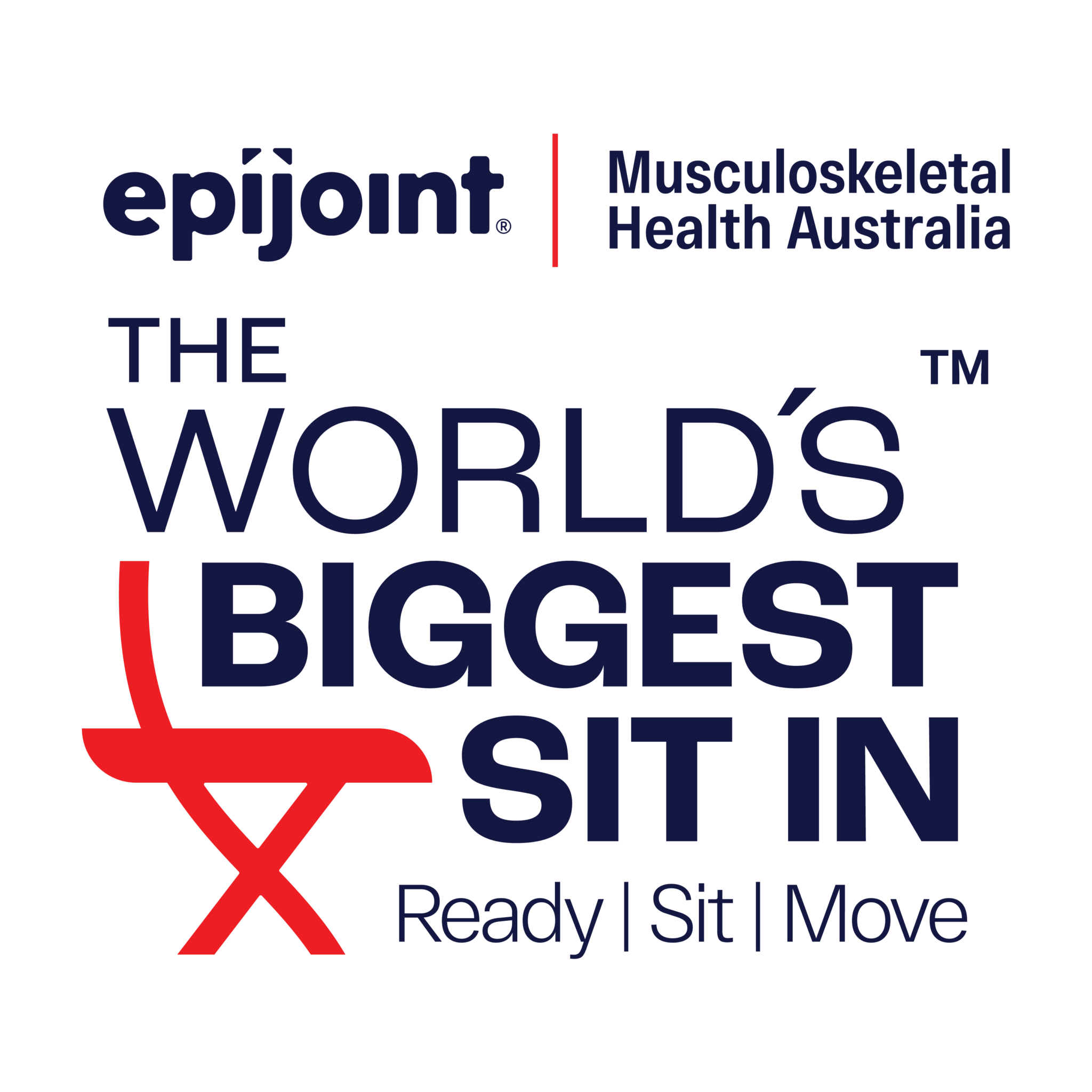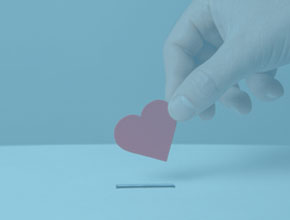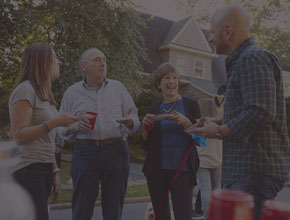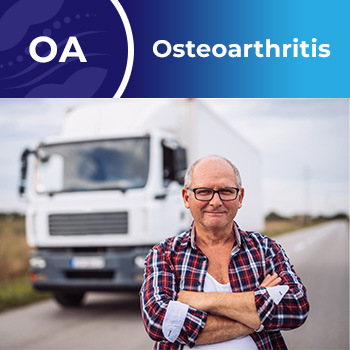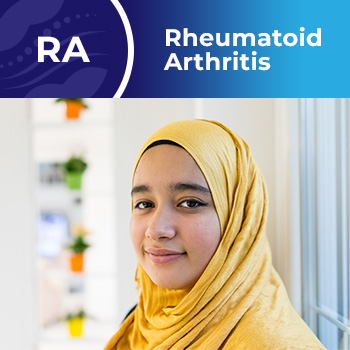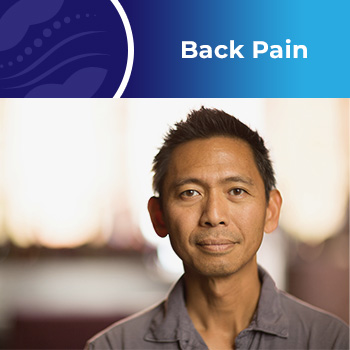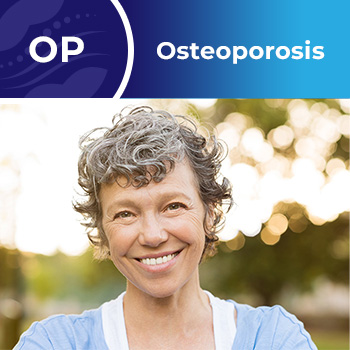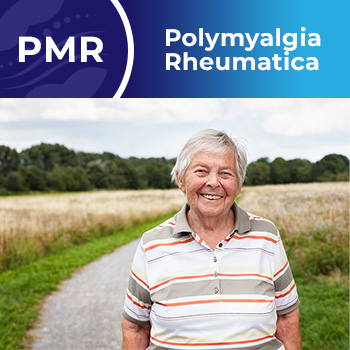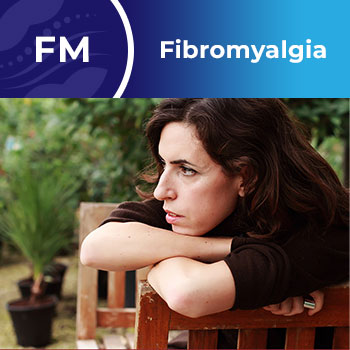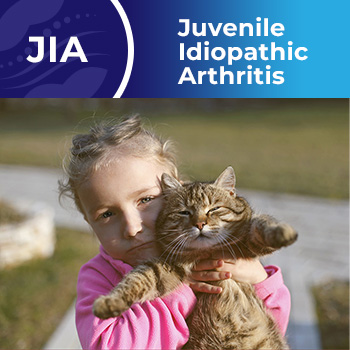

Be in control. Stay up to date.
Sign-up for our newsletter NOW
KNOWLEDGE: Musculoskeletal Conditions

CONNECTION: B.A.M Helpline
Back pain | Arthritis | Musculoskeletal conditions
Call our free helpline and speak with a qualified health care professional.
Being diagnosed with a musculoskeletal condition can be scary. We’re here to provide you with the information and support you need.
Connected tISSUES

Festive Season – or Stressful Season?
The festive season is the time where we reflect, celebrate and look to the new year ahead. However it can also be a time of stress and fatigue and potentially more pressure when managing our musculoskeletal health. We’ve put together a shortlist of tips and trick to help navigate and enjoy this time of year!Leer…
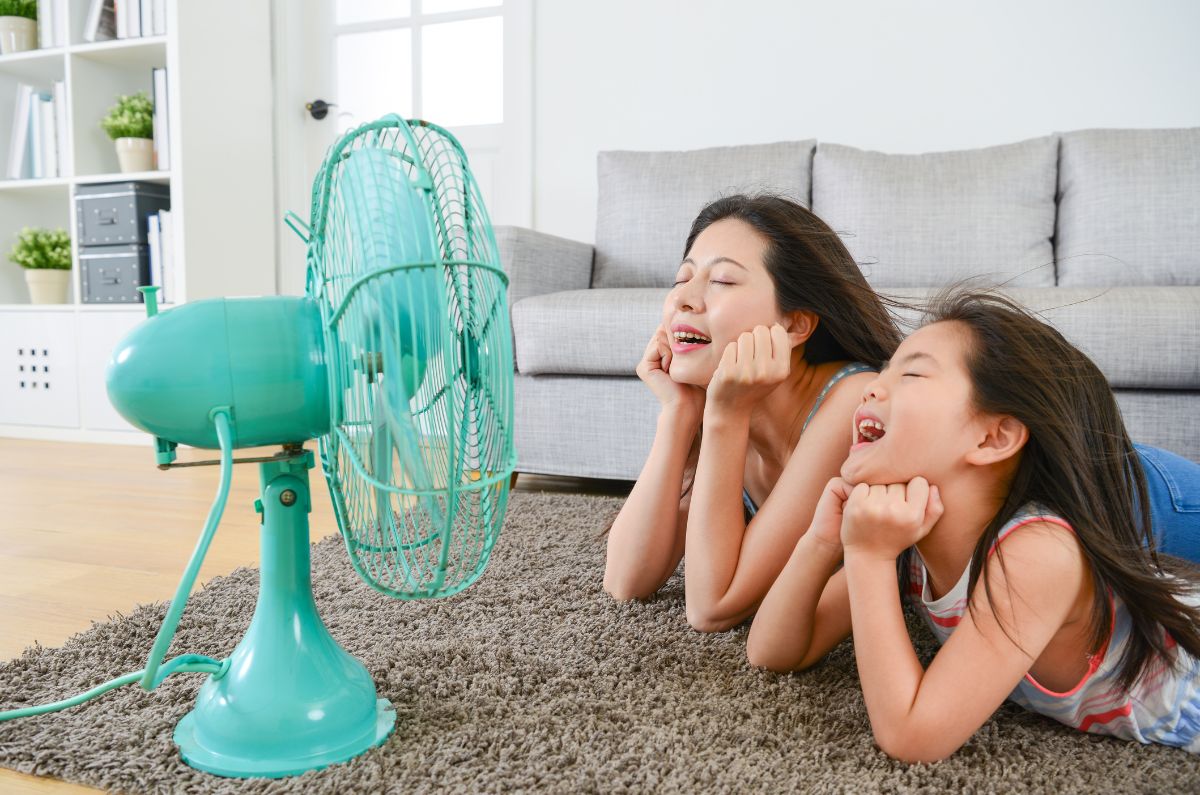
Stay Cool: Essential Summer Survival Tips
Now that we’re well and truly into the swing of summer, we need to think about ways to stay safe, and keep cool but still have fun in the warmer weather. Taking care of your skin in the sun – it’s a balancing act We all know the ‘slip, slop, slap, seek, slide‘ message andLeer…

Ready, Set, GO!
Starting a new year with the intention of becoming more active is a popular goal. However, for people living with painful musculoskeletal conditions like arthritis, back pain, or fibromyalgia, the idea of moving more can seem daunting or even counterproductive. The good news? It’s possible— and even beneficial —to find ways to move safely andLeer…
CHOICE: Articles and Info
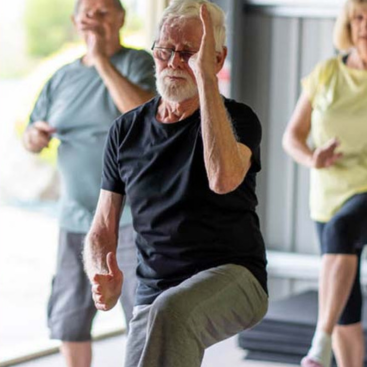
August 15, 2024
Osteoarthritis of the Knee Clinical Care Standard
The standards describes the care that you can expect if you have Osteoarthritis of the Knee. Find out more about the eight quality statements from the Osteoarthritis of the Knee Clinical Care Standard, as well as helpful resources.
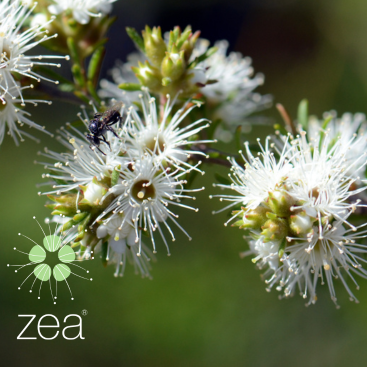
August 15, 2024
We’re thrilled to announce Zea as our newest partner!
“We are excited about our new partnership with Zea and the opportunities it represents to increase support for the millions of Australians living with musculoskeletal conditions like arthritis and back pain.” Helen Jentz, Chief Executive Officer, Musculoskeletal Health Australia.
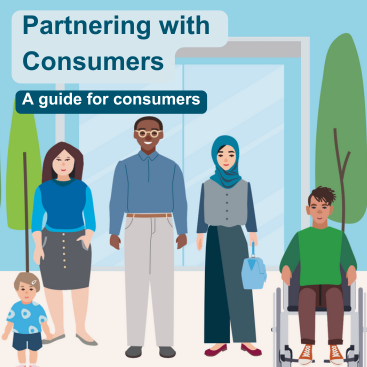
August 19, 2024
Supporting consumers to drive positive change
With thanks to Consumers Health Forum and the Australian Commission on Safety and Quality in Health Care, this Guide has been developed by consumers for consumers. It explains how to build and strengthen consumer partnerships at all levels of the health system.

